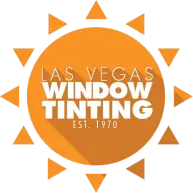Car window tinting is a popular way to protect your car’s interior from the sun’s harmful rays and to reduce heat. It can also help to improve privacy and reduce glare. There are various types of car window tints available, each with its pros and cons.
1. Dyed Tints
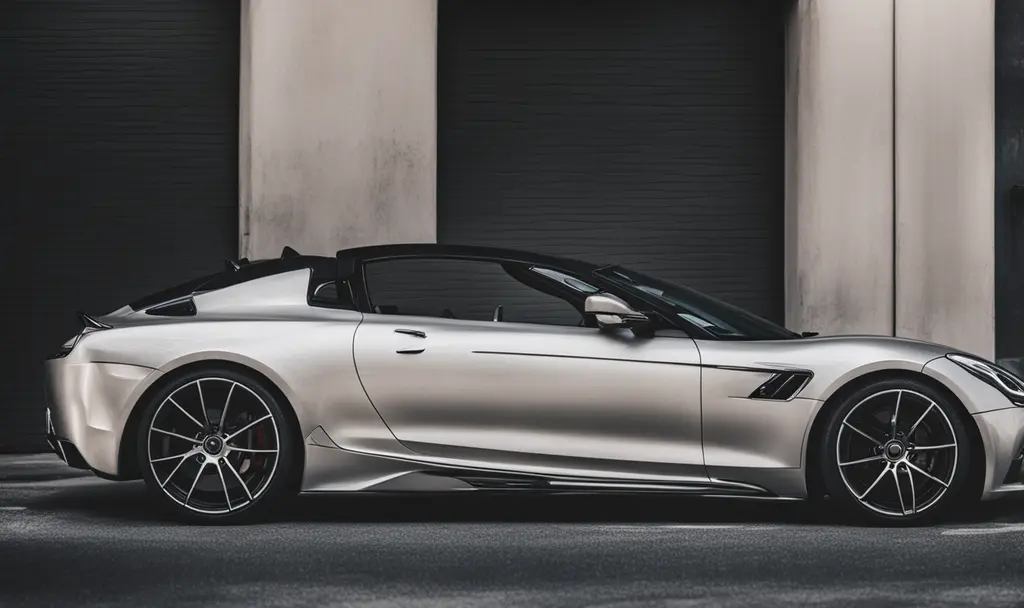
Dyed window tinting is the most common and affordable type of car tint. It comprises multiple layers of dyed film that absorb sunlight as it tries to penetrate the windows. Dyed hues are available in various darkness levels, from light to very dark.
Pros:
- Affordable
- Easy to install
- A wide range of darkness levels are available
Cons:
- It is not as effective at blocking UV rays and heat as other types of tint
- It tends to fade over time
2. Metalized Tints
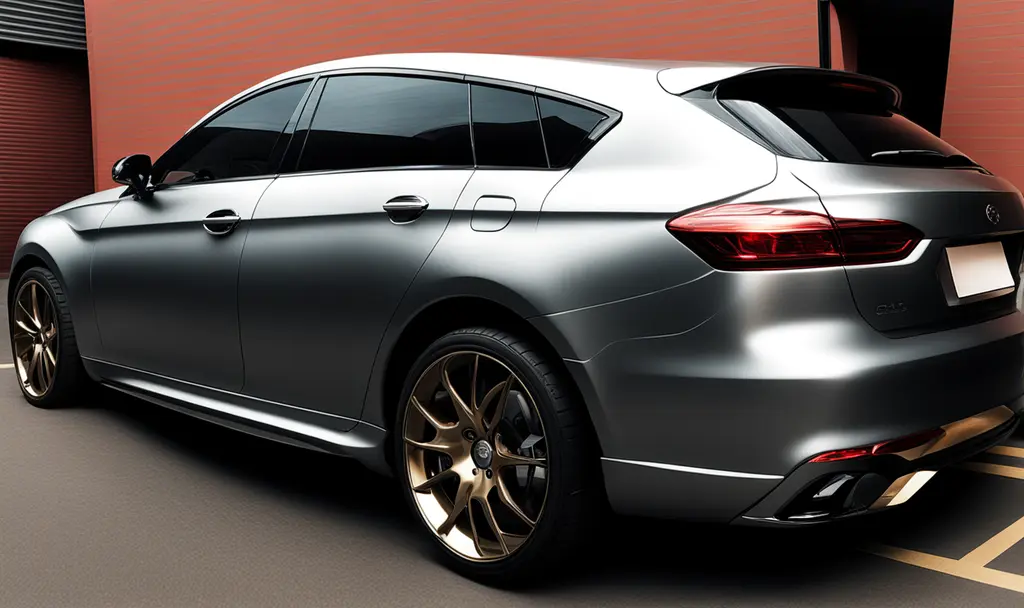
Metalized tinting comprises tiny metal particles that reflect light away from the window. This tint is more effective at blocking sunlight than dyed tints because it reflects it instead of absorbing it. The metal particles also make the stain more resistant to scratching and robust, making it less likely to shatter from impacts or accidents. Metalized tints have a shiny look, which some people prefer.
Pros:
- More effective at blocking UV rays and heat than dyed tints
- More durable and scratch-resistant than dyed tints
- Shiny appearance
Cons:
- Can interfere with cell phone and radio reception
- It can be more expensive than dyed tints
3. Hybrid Tints
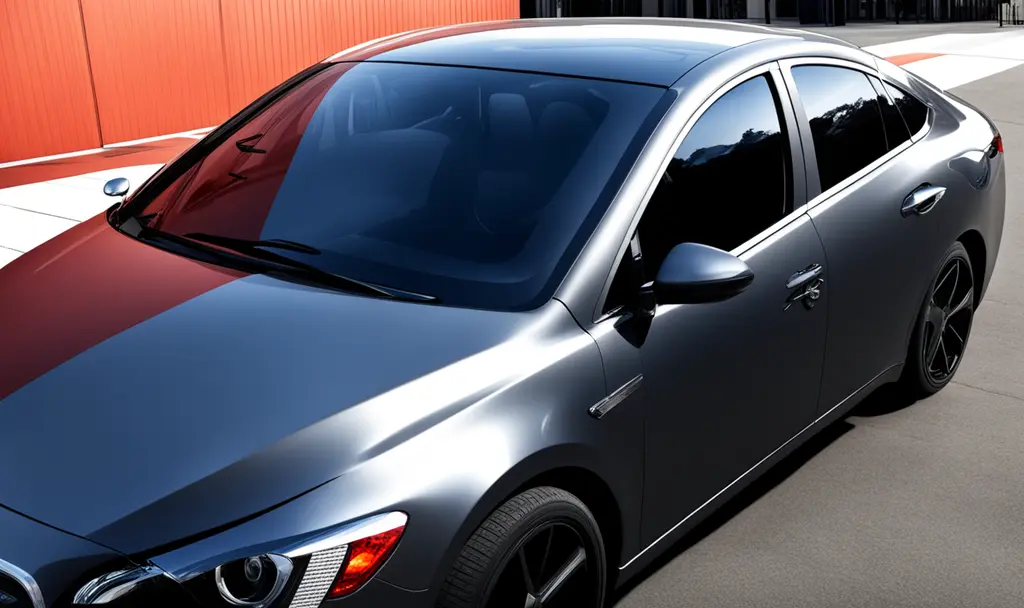
Hybrid window tints combine dyes and metal particles to create a tinted window. This gives you the best of both worlds: the affordability and ease of installation of dyed hues and the effectiveness of metalized tints at blocking UV rays and heat. Hybrid tints are available in a variety of darkness levels.
Pros:
- Affordable
- Easy to install
- Effective at blocking UV rays and heat
Cons:
- It may not be as durable as metalized tints
- Not as shiny as metalized tints
4. Carbon Tints
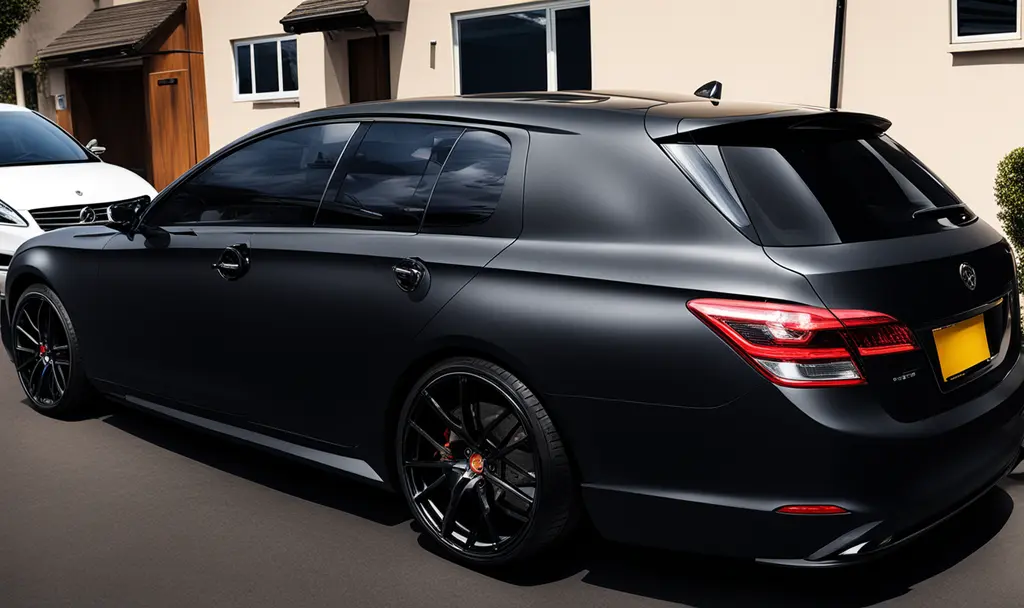
Carbon window tints are made with carbon fiber particles that do not fade over time. They are more effective than dyed or metallic tints blocking the sun’s rays. Carbon tinting has a matte finish, which many people prefer for aesthetic reasons. Carbon tinting also has powerful insulating features. It reduces sun heat, raising the vehicle’s internal temperature by about 40 percent.
Pros:
- Very effective at blocking UV rays and heat
- Fade-resistant
- Improves your car value
- Greater heat reduction capability
- Prevents glare
- Shatterproof
Cons:
- Expensive
5. Ceramic Tints
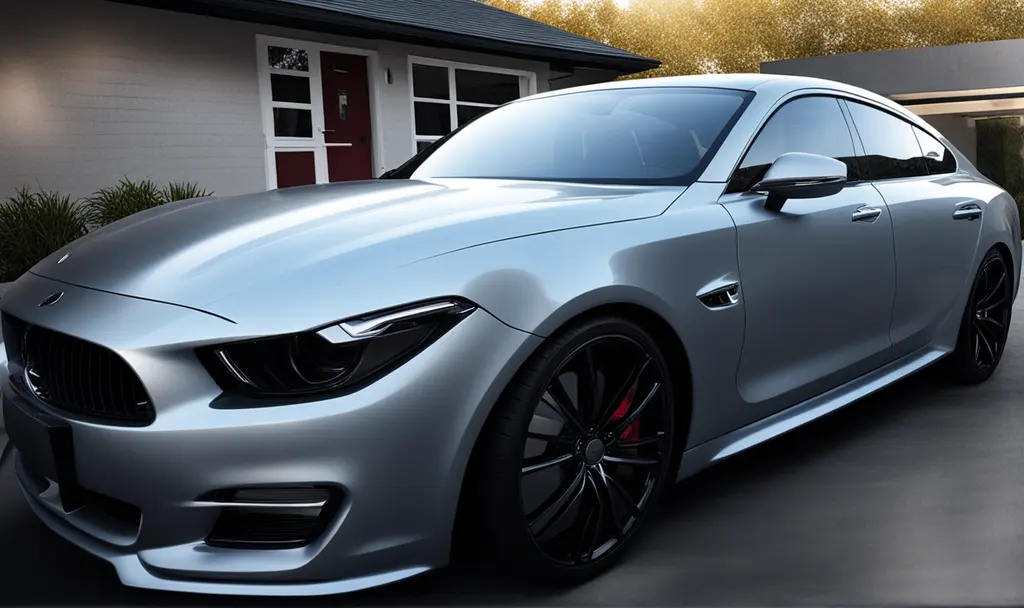
Ceramic window tints are superior to carbon fiber tints in blocking UV rays, as they can block up to 99% of UV radiation. Ceramic tints are also more effective at reducing heat than carbon tints. They are the most expensive type of car tint but also the most durable and long-lasting.
Pros:
- Most effective at blocking UV rays and heat
- Fade-resistant
- Improves your car value
- Greater heat reduction capability
- Prevents glare
- Shatterproof
- It can last up to 20 years
Cons:
- Most expensive
How to Choose the Right Window Tint for You
Budget Consideration:
If cost is a significant factor, dyed or metalized options might be more suitable.
Performance Priority:
For optimal performance, especially in heat reduction, ceramic or crystalline options are worth the investment.
Aesthetics:
If appearance matters, consider the matte finish of carbon or the clarity of ceramic and crystalline tints.
Electronic Interference:
If you rely heavily on electronic devices in your car, metalized tint might not be the best choice due to potential signal interference.
Conclusion
Selecting the right window tint for your car involves weighing the pros and cons of each type against your preferences and budget. Whether you prioritize affordability, performance, or aesthetics, there’s a tint option tailored to meet your needs. Make an informed decision to enhance both the style and functionality of your vehicle.
Frequently Asked Questions
Dyed tints are the most affordable option, offering a range of darkness levels and easy installation.
Ceramic tints are the most effective, blocking up to 99% of UV rays and providing superior heat reduction.
Yes, metalized tints may interfere with a cell phone and radio signals due to their metallic particles.
Ceramic tints are the most durable, lasting up to 20 years and resistant to fading.
Yes, carbon tints offer a matte finish, while ceramic tints provide a sleek, transparent look, enhancing your car's aesthetics.
Carbon and ceramic tints are excellent for heat reduction and glare prevention, with ceramic being the most effective.
